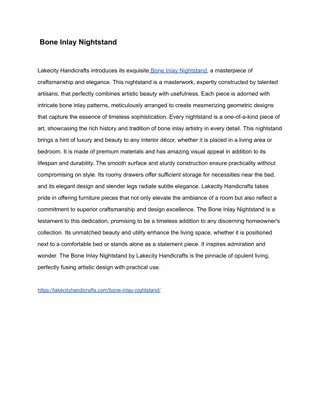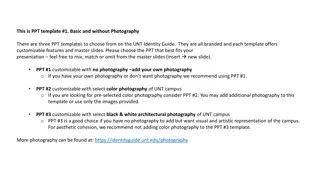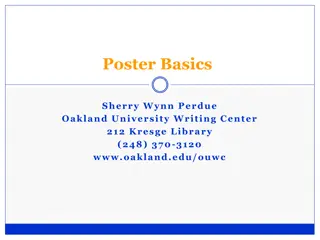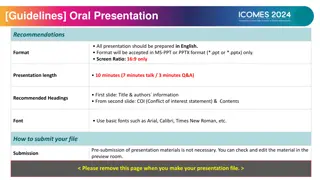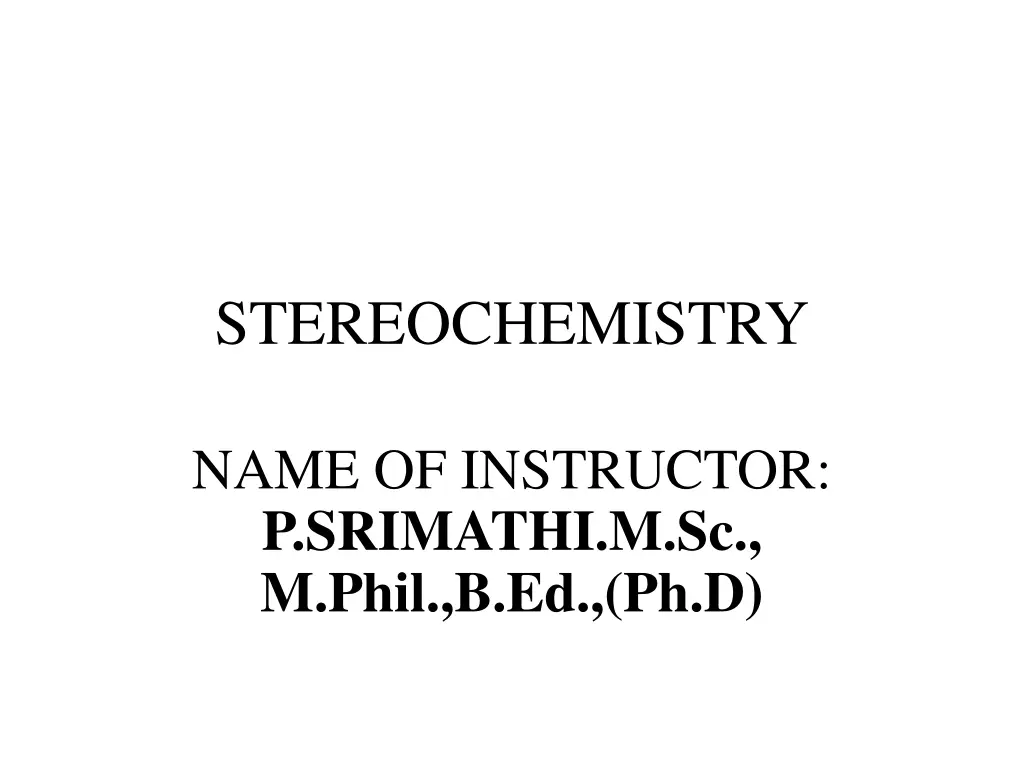
Understanding Stereochemistry and Isomerism in Chemistry
Explore the fascinating world of stereochemistry, which delves into the 3D arrangements of atoms and molecules, and the concept of isomerism where compounds share the same molecular formula but exhibit different properties due to diverse atomic arrangements. Learn about stereoisomers, classification of isomers, conformational isomers, and important terms such as chiral and achiral compounds in this comprehensive guide.
Download Presentation

Please find below an Image/Link to download the presentation.
The content on the website is provided AS IS for your information and personal use only. It may not be sold, licensed, or shared on other websites without obtaining consent from the author. If you encounter any issues during the download, it is possible that the publisher has removed the file from their server.
You are allowed to download the files provided on this website for personal or commercial use, subject to the condition that they are used lawfully. All files are the property of their respective owners.
The content on the website is provided AS IS for your information and personal use only. It may not be sold, licensed, or shared on other websites without obtaining consent from the author.
E N D
Presentation Transcript
STEREOCHEMISTRY NAME OF INSTRUCTOR: P.SRIMATHI.M.Sc., M.Phil.,B.Ed.,(Ph.D)
STEREOCHEMISTRY Branch of chemistry deals with 3-D arrangements of atoms and molecules. And their effect on chemical reaction CHEMISTRY OF SPACE it is deals with the spatial arrangements of atoms and groups in a molecule
ISOMERS Each of two or more compounds with the same molecular formula but a different arrangement of atoms in the molecule and different properties.
STEREOISOMERS Same molecular formula Same sequence of bonded atoms But differs in the 3-d orientation of their atoms in space Differs in spatial arrangements
2-d & 3-d structure Lewis structure 3-d methane
Conformational isomers Isomers which have restricted rotation about single bond Eclipse, gauge, anti form It can be inter-converted into one another by rotation around a single bond.
Inter conversion Eclipsed gauge (by rotating 60 ) Into anti butane by rotating 180 Gauge form can be made into anti form by rotating 120
Important terms Chiral Achiral Enantiomers Diastereoisomers
CHIRAL carbon Carbon atom that is attached to four different types of atoms or groups of atoms. Also called as asymmetric carbon
Chirality The existence of these molecules are determined by concept known as chirality. The word "chiral" was derived from the Greek word for hand, because our hands display a good example of chirality since they are non- superimposable mirror images of each other.
CHIRAL MIRROR IMAGE A chiral object is not identical in all respects (i.e. superimposable) with its mirror image. Chiral objects have a "handedness", for example, golf clubs, scissors, shoes and a corkscrew.
COMMON EXAMPLES OF CHIRAL OBJECT Chiral objects have a "handedness", golf clubs, scissors, shoes and a Corkscrew, gloves and shoes come in pairs, a right and a left.
ACHIRAL An achiral object is identical with (superimposable on) its mirror image. Also called as symmetric carbon (identical)
EXAMPLES The opposite of chiral is achiral. Achiral objects are superimposable with their mirror images. For example, two pieces of paper are achiral.
Enantiomers Enantiomers are chiral molecules that are mirror images of one another. Furthermore, the molecules are non- superimposable on one another. Chiral molecules with one or more stereo centers can be enantiomers.
Diastereoisomers Stereoisomers that are not mirror images of each other Cis-trans isomer







